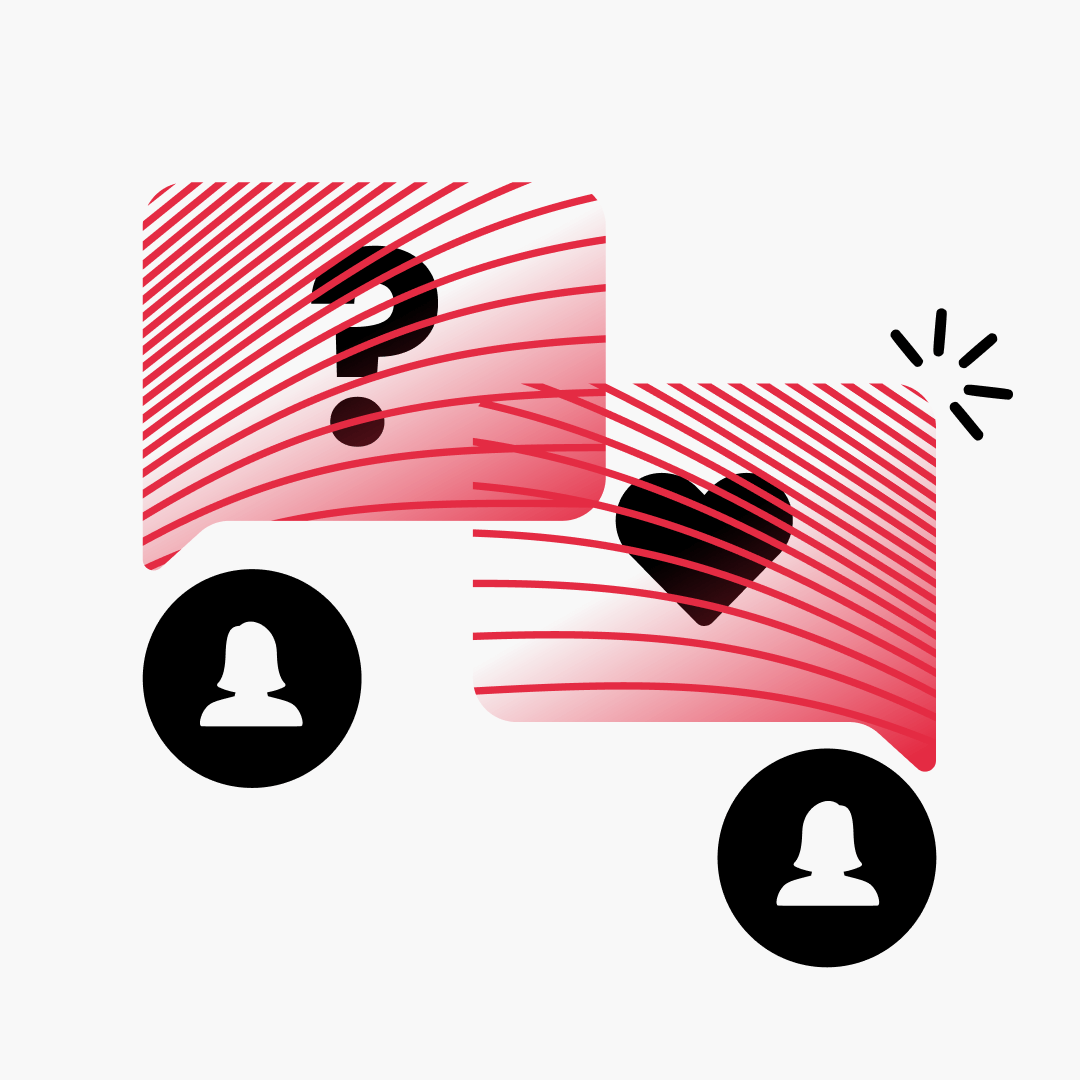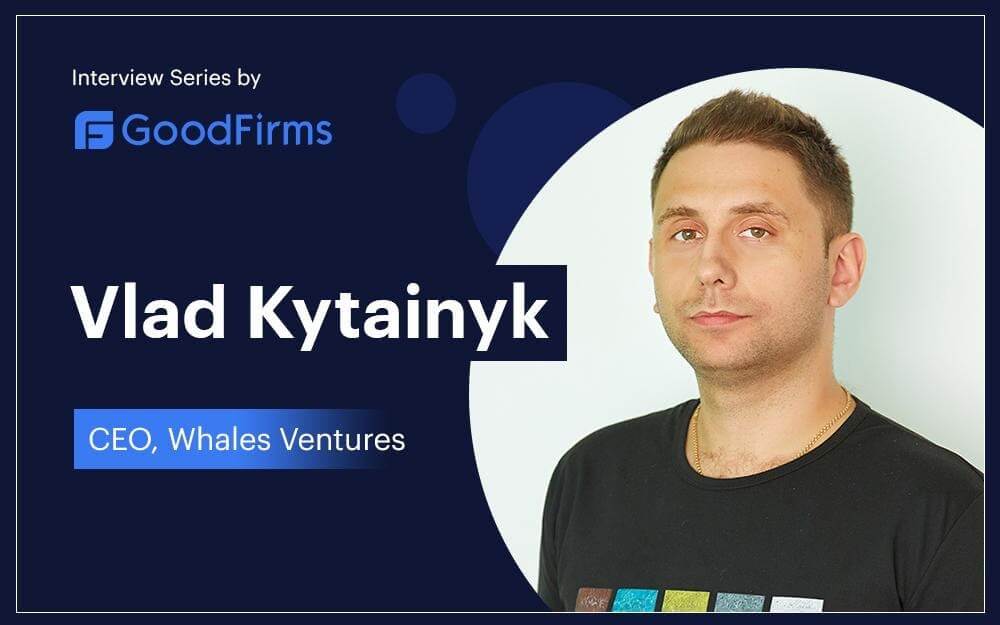What Is Experiential Marketing And Why It Works
So, Immanuel Kant. Most of us know who he is. Here’s one of his reflections to start this off – “All our knowledge begins with the senses, proceeds then to the understanding, and ends with reason. There is nothing higher than reason.”
We’re going to focus on the senses in this blog post. Experiential marketing is believed to engage all five senses, bringing the customer closer to you. Now, let’s look at what makes experiential marketing unique in contrast to traditional marketing. This may be your opportunity to reconsider the way you market.

The Concept
People love to learn, use that knowledge, and feel entertained. This is more than enough for you to build marketing experiences that sell your products. By doing so, you’ll get deep insights into consumer behavior and buying decisions, which can make your sales double, your posts gain likes – or any other goal you have.
If you think about traditional advertising, getting anyone interested becomes more challenging over time. Hitting the unsubscribe button or installing an ad blocker is a breeze, and so is fast-forwarding through all the ads on YouTube or TV. So, you need advertising that’s absorbing and practically inescapable. This is where experiential marketing steps in.
Essentially, experiential marketing places giving customers engaging experiences above all else. This can take the form of a real-life event like a conference, a demo day, in-store activity, sampling, a show, or a product showcase. Or, you can go for an online experience: a webinar, live stream, or online forum. No matter the format, this type of marketing aims to take the audience’s breath away, or at least leave a lasting memory. According to EventTrack 2021, the event & experiential marketing industry forecast, 91% of consumers are more likely to buy the brand’s product or service after participating in a brand experience.
Experiential marketing is effective simply because it acts on human emotions. When you, as a marketing director, can emotionally connect the audience with your brand, this gives you loyal customers who feel pulled to engage more. We’ve talked more about the role emotions play in marketing here (link to No Hard Feelings article). Now that you get the idea of what experiential marketing is, here’s how it gets differentiated:
- Event marketing – usually a presentation, display, or themed exhibit that introduces the brand to the audience, makes an aesthetically pleasing impression, and has a bit of fun.
- Guerrilla marketing – hinges on unconventional methods and carries surprise, risk, provocativeness, and interactive emotions.
- Brand activation – online and offline events focused on showing the brand’s products/services & their features and encouraging the audience to act. Here, success is measured by how actively people respond to a live event and, if it’s online – how many mentions, likes, comments, and subscriptions you score.
- Retail installations – smart and entertaining product placement in retail stores that gets them to be noticed and bought.
- Ambush marketing – associating your products or services with a big event hosted by other companies-sponsors. Since these events already have a massive, responsive audience, making a splash and getting noticed is easier.
- Ambient marketing – advertising your brand using unique locations_old or items to your advantage. The unexpectedness that unusual places and elements bring steals the show.
Let’s proceed to the examples – they’ll give you a better picture of how experiential marketing works in practice.

The Exemplars
So, let’s take a look at how brands build connections with their customers through different types of experiential marketing:
- Refinery29. Since 2015, Refinery29 has been throwing 29Rooms – interactive events where 29 individually designed rooms encourage attendees to interact with each other and the surroundings. Each room offers a different experience: from inspiring artistic displays to photo app-wired areas, sound baths, and paper oceans. 29Rooms partnered with brands like Dyson, Cadillac, and Dunkin’ Donuts to create these rooms, expanding their audience reach. The event also featured major celebrities and bloggers, with thousands of creators attending.
- Lay’s. Here’s your example of ambient marketing – Lay’s placed a creative installation in the subway, giving passers-by a view of potatoes growing in the soil right above their heads. The tagline, “Our potatoes are grown closer than you may think,” pointed to supporting local businesses.
- Jakpetz. Another case of ambient marketing and smart area maximization. Saatchi & Saatchi delivered an ad that showcased the product – Frontline dog spray – and made people part of the advertisement.
- Facebook IQ Live. This interactive event by Facebook curated live scenes representing how the platform can be used for business. Facebook IQ hosted areas like The News Feed, The Home, and The Mart to expand on the features these sectors offer for business owners. The Instagram Cafe demonstrated business promotion opportunities and highlighted the stories data can tell. The event was held at multiple locations_old and gathered over 1,500 attendees, finishing with 93% of visitors stating that it helped them drive their business forward.
- Docker. A software platform that enables developers to create and run apps on different platforms isn’t the easiest service to market. Docker figured out how to engage the audience with Docker Dash – a product demo in the form of a live video game simulation of Docker’s platform. Presented at DockerCon, it was the first 5000-person live multiplayer video game. It gathered the attention of over 3.6 million users, including those who attended DockerCon and those who watched the event online and shared it on social media.
- Adult Swim. To market the comeback of the animated series Rick & Morty, Adult Swim put out a traveling van called the Rickmobile that looks like the show’s main character Rick and sells Rick & Morty merchandise. The Rickmobile toured 42 cities in the US, gathering hundreds of fans and attracting the attention of even more people.

The Process
Why do marketers turn to experiential marketing (EM) in the first place? The most obvious advantage is getting your brand remembered by the masses. The second thing is winning the hearts of new customers. But it’s also enriching for your brand narrative. EM helps humanize your brand and leave a lasting impression on the audience because they relate to it. Merging these unique first-hand experiences with social media casts your brand across multiple channels and gets people to drive conversation around it.
Taking calculated risks works out just right in experiential marketing. Still, there are some best practices and tips you can rely on. No matter if your experience is big or small, you’ll find these points useful:
- As always, consider your audience. Your efforts go missing if directed at indifferent people. When you learn your ideal buyers and the types of advertising they prefer, it pays off in face-to-face communication.
- Form a clear message. In EM, every experience should be tied to a message. Ideally, it will prompt customers to associate the message (or story) with your brand. A great example would be the #WeightThis campaign by Lean Cuisine. The brand came out with a gallery of scales, but instead of measuring women’s weight, it offered them to choose how they wanted to be weighed. It was a powerful reminder that physical weight isn’t all that matters.
- Leverage AI & AR in your marketing. Because why not? IKEA released an AR app that lets users test how furniture items look in the comfort of their homes. The app automatically scales IKEA’s products and displays them in rooms with 98% accuracy, a great example “value over entertainment” for customers.
- Stick to the doable tasks. A huge event works fine for long-time market leaders, but a startup will likely fall flat trying to go to these lengths. Consider your budget, goals, and human resources.
- Have something ready in advance. A concise and intuitive landing page backing up your event or experience will make it easier for customers to reach out and stay updated on your brand’s developments. A series of social media posts, on the other hand, can help you hype your brand up before the fun begins.

Takeaway
While most marketing comes down to conveying messages, experiential marketing goes further and delivers memories, fun, and lessons. These examples above show how impressive your efforts can be. Want to know what it is you shouldn’t do? Get intimidated by the scale and think that it’s something you can’t handle. You can always start with something smaller and more manageable – like a gripping digital experience.





